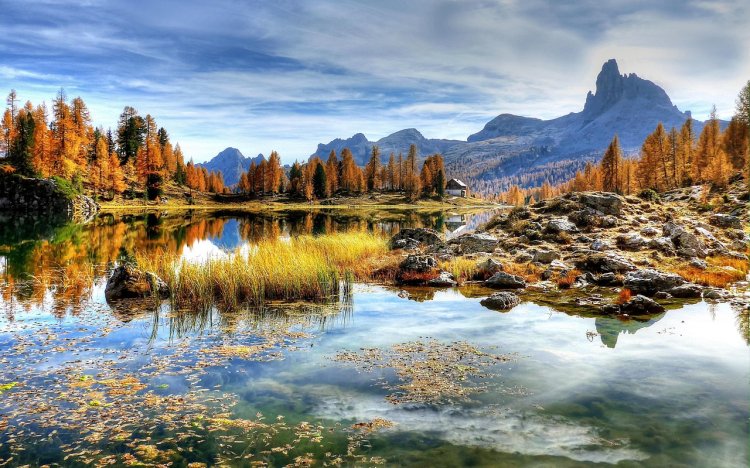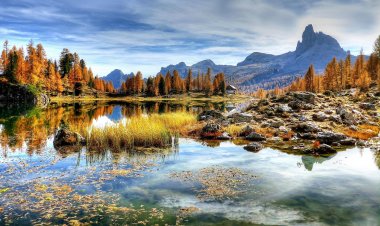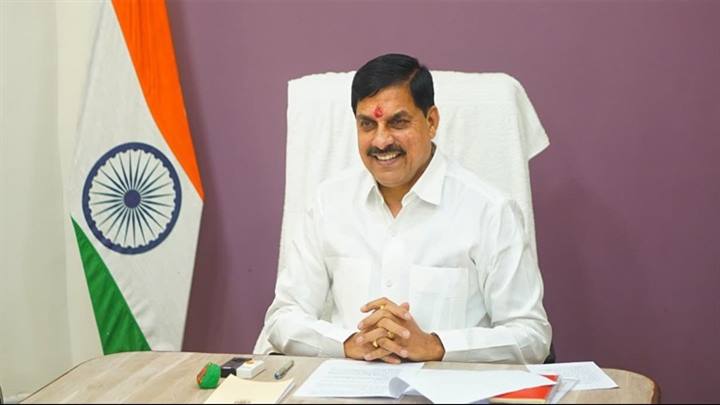Essential Guide for Planning a Trip to India Successfully
Travel Duration: A two-week trip is ideal for exploring major cities like Delhi, Agra, Jaipur, and a southern destination like Kerala or Goa. Longer trips allow for Himalayan treks or extended cultural experiences.

India, a country known for its diverse cultures, vibrant festivals, stunning landscapes, and historical landmarks, is a dream destination for travelers worldwide. Whether you’re drawn to the majestic Himalayas, tranquil backwaters, bustling cities, or ancient temples, India has something for every type of traveler. If you are considering planning a trip to India, this guide will help you organize your journey efficiently, ensuring a smooth and memorable experience.
Step 1: Determine Your Travel Duration and Budget
Before you start booking flights or accommodations, it’s essential to set your trip’s duration and budget. India is vast, and proper planning ensures you don’t miss key attractions.
- Travel Duration: A two-week trip is ideal for exploring major cities like Delhi, Agra, Jaipur, and a southern destination like Kerala or Goa. Longer trips allow for Himalayan treks or extended cultural experiences.
- Budget: India caters to all budgets, from luxury resorts and private tours to affordable hostels and public transportation. Knowing your budget helps you plan accommodations, transportation, and activities accordingly.
Step 2: Obtain a Visa
Most international travelers require a visa to enter India. India offers several visa options:
- Tourist Visa: For leisure travel, typically valid for 6 months to a year.
- E-Visa: A convenient online option valid for short stays of 30–60 days for citizens of many countries.
- Business Visa: For travelers visiting India for professional purposes.
Ensure your passport is valid for at least six months beyond your travel dates and apply for the visa in advance to avoid delays.
Step 3: Choose the Best Time to Visit
India’s climate varies widely, making timing a key factor in planning a trip to India:
- North India: October to March is ideal for sightseeing in Delhi, Agra, Jaipur, and Varanasi.
- Himalayan Region: April to June offers the best conditions for trekking and adventure activities.
- South India: November to February is perfect for exploring Kerala, Tamil Nadu, and Karnataka.
- Monsoon Season: June to September brings lush greenery, especially in Kerala and Goa, but some regions may experience heavy rainfall.
Step 4: Plan Your Itinerary
India is diverse, so a well-thought-out itinerary helps you maximize your experience:
- Golden Triangle: Delhi, Agra, Jaipur – ideal for first-time travelers interested in history and architecture.
- Kerala Backwaters: Houseboat cruises and scenic landscapes for a relaxing experience.
- Himalayan Adventures: Trekking in Leh-Ladakh, Himachal Pradesh, or Uttarakhand.
- Spiritual & Cultural Tour: Varanasi, Rishikesh, and Khajuraho for temples, yoga, and cultural immersion.
Step 5: Transportation Options
India has a wide variety of transportation options to suit different travel styles:
- Domestic Flights: Fastest way to cover long distances between cities.
- Trains: Indian Railways offers extensive connectivity and options from budget to luxury trains.
- Road Travel: Taxis, buses, and rental cars are ideal for shorter trips or exploring rural areas.
- Local Transport: Auto-rickshaws, cycle-rickshaws, and metros are convenient for city travel.
Step 6: Choose Accommodation
India provides accommodations for every budget and preference:
- Luxury Hotels & Resorts: High-end comfort and services in major cities and tourist spots.
- Budget Hotels & Hostels: Affordable options for backpackers and solo travelers.
- Heritage Stays & Palaces: Experience royal living, particularly in Rajasthan.
- Homestays: Great for cultural immersion and authentic local experiences.
Step 7: Cultural Etiquette and Travel Tips
Being aware of local customs ensures a respectful and enjoyable visit:
- Dress Modestly: Particularly in temples and religious sites.
- Respect Traditions: Remove shoes when entering temples, mosques, or some homes.
- Food & Water Safety: Drink bottled water and prefer freshly cooked meals.
- Bargaining: Common in markets; negotiate politely.
- Safety: Keep copies of your passport, avoid traveling alone at night, and use reputable transport.
Step 8: Packing Essentials
Packing efficiently makes your trip more comfortable:
- Lightweight, breathable clothing for warm regions; layers for cooler areas.
- Comfortable footwear for sightseeing and trekking.
- Travel essentials: power adapters, medications, sunscreen, reusable water bottles.
- Documents: passport, visa, flight tickets, hotel confirmations, and emergency contacts.
Step 9: Explore and Enjoy
Once you have completed all the planning, immerse yourself in the vibrant experiences India has to offer:
- Historic Sites: Taj Mahal, Jaipur forts, Mysore Palace.
- Natural Beauty: Himalayan treks, Kerala backwaters, beaches in Goa.
- Cultural Experiences: Festivals, traditional dance, local markets, and cuisine.
- Spiritual Journeys: Yoga retreats, meditation centers, and river rituals in Varanasi.
Conclusion
Planning a trip to India may seem daunting due to its size, diversity, and cultural richness. However, by following this step-by-step guide—deciding your duration and budget, obtaining a visa, selecting the best time to visit, planning an itinerary, arranging transportation and accommodations, respecting cultural norms, and packing wisely—you can ensure a smooth and memorable journey.
India offers travelers a mix of history, adventure, spirituality, and natural beauty. Careful planning ensures that every experience, from bustling city streets to serene landscapes, is enjoyable, safe, and unforgettable. With the right preparation, your trip to India will be a journey of discovery, culture, and lifelong memories.


 deepa123
deepa123 



















